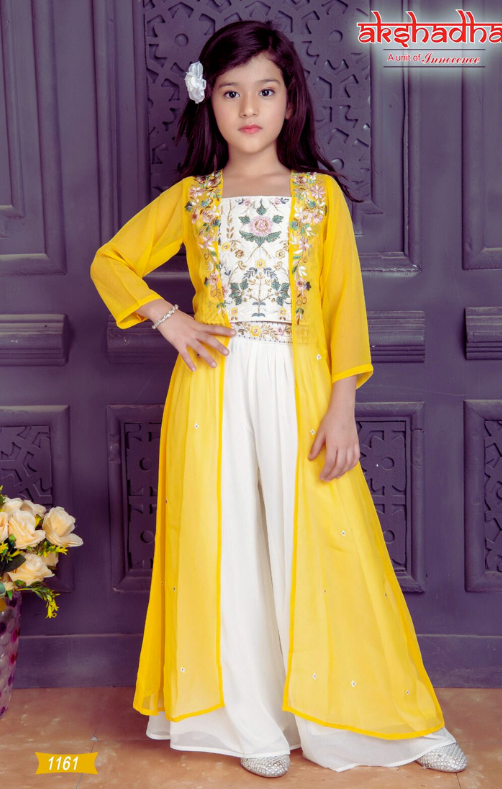In the bustling heart of Jaipur, where the air is rich with the scent of marigolds and the streets hum with life, lived Meera—a spirited young woman who had always straddled the line between modernity and tradition. Meera was a software engineer by profession, but her heritage was deeply rooted in the rich cultural tapestry of Rajasthan. Her grandmother, an ardent believer in traditional attire, often told tales of how the right outfit could transform not only how others perceive you, but how you perceive yourself.
Meera loved these stories, but her busy lifestyle had distanced her from the traditional clothing that her grandmother cherished. She often found herself in Western attire, a reflection of her fast-paced, urban life. However, a part of her longed to reconnect with her roots, to feel the grace and elegance that only traditional Indian wear could bestow.
The opportunity arose when she received an invitation to a family wedding. The occasion called for something truly special, something that would honor her heritage while being practical for her needs. She needed an outfit that combined elegance with comfort, a fusion of tradition and modernity. This is where the sharara suit came into play.
The sharara suit, a timeless classic, is a three-piece ensemble comprising a flared pant, a straight-cut kurta, and a flowing dupatta. It’s an outfit that speaks volumes of the rich traditions and vibrant colors of Indian culture, while its design offers comfort and ease of movement—a perfect solution for Meera's dilemma.
When Meera first laid eyes on the sharara suit, it was love at first sight. The intricate embroidery, the delicate fabric, and the vibrant hues resonated with her deeply. As she slipped into the suit, something magical happened. She felt an overwhelming sense of belonging and confidence—like she was wearing not just a garment, but a piece of her history.
For Meera, the major problem was more emotional than practical the need to harmonize her dual identity. The sharara suit offered a bridge between the two worlds she inhabited. It allowed her to embrace her cultural identity without compromising on her contemporary outlook. This outfit became a statement of her individuality, showcasing how tradition and modernity can beautifully coexist.
At the wedding, Meera was a vision to behold. Her sharara suit flowed around her gracefully as she moved, a testament to the craftsmanship and thought that went into its creation. Compliments poured in, not only for her stunning appearance but for the confidence she exuded. The sharara suit had given Meera more than just an outfit—it had given her a renewed sense of self.
The story of Meera is not unique. Many Indian women face the same dilemma of wanting to stay connected to their roots while navigating a modern lifestyle. The sharara suit, with its blend of traditional aesthetics and practical design, offers a viable solution. It allows women like Meera to celebrate their heritage with pride and confidence.
In India, where cultural attire often tells a story, the sharara suit narrates a tale of elegance, tradition, and empowerment. It stands as a testimony to the fact that one does not have to choose between tradition and modernity; instead, one can create a harmonious blend of both.
As Meera discovered, the right attire can indeed transform one's perception of oneself and the world. The sharara suit, in its grace and comfort, offers not just a garment, but an experience—a chance to reconnect with one's roots while stepping forward with confidence into the future.
For those who find themselves in Meera’s shoes, the sharara suit is not just an option; it is a celebration of identity, a revival of tradition, and a testament to the seamless integration of the past with the present.
Visit Vyaparify Site:
https://id.vyaparify.com/city-heartLocation:
https://maps.app.goo.gl/edWvj9kJmA5ypiMU7 
